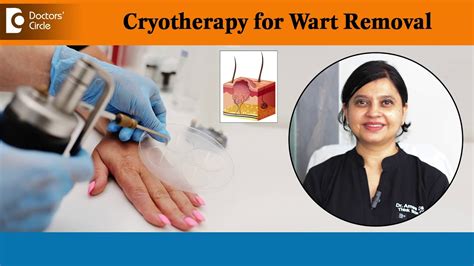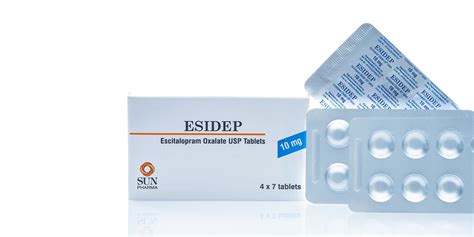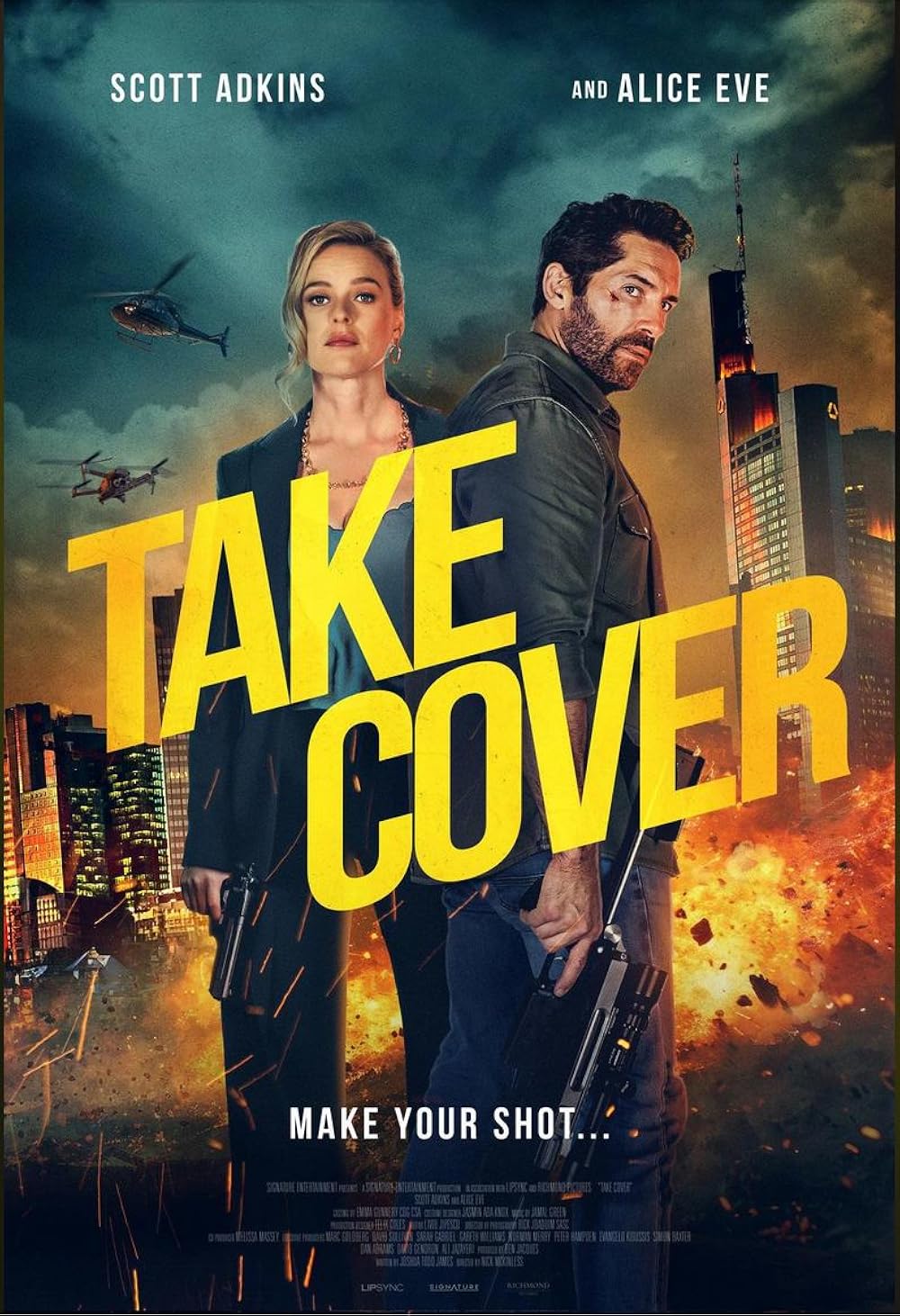Cryotherapy, also known as cryosurgery or cryoablation, is a widely used treatment for removing warts, which are small, usually harmless growths on the skin caused by the human papillomavirus (HPV). This non-invasive procedure involves using extreme cold to destroy abnormal or damaged cells, in this case, the wart tissue. The process is straightforward and typically performed in a doctor’s office or clinic, requiring minimal preparation and aftermath care.
Understanding Warts
Before delving into the specifics of cryotherapy for wart removal, it’s essential to understand what warts are and how they develop. Warts are common and can appear anywhere on the body, though they are most often found on the hands and feet. They are highly contagious and can spread through direct contact with an infected person or by touching contaminated surfaces. There are several types of warts, including common warts, plantar warts, flat warts, and genital warts, each with distinct characteristics and preferred locations on the body.
The Cryotherapy Procedure
The cryotherapy procedure for wart removal is relatively simple and quick, lasting only a few minutes. Here’s a general overview of what you can expect:
- Preparation: Your healthcare provider may ask you to avoid certain medications or prepare your skin in a specific way before the procedure, though this is not always necessary.
- Application of Local Anesthetic: Sometimes, a local anesthetic might be applied to numb the area, especially if the wart is large or in a sensitive location. However, this is not always required as the discomfort is usually minimal and temporary.
- Cryotherapy Application: The healthcare provider uses a cotton swab or a specialized spray device to apply liquid nitrogen to the wart. The liquid nitrogen is extremely cold, with a temperature of -196°C (-320.8°F), which causes the water inside the cells to freeze, leading to cell death.
- Freezing Process: The freezing process typically lasts from 5 to 30 seconds, depending on the size and thickness of the wart. You might feel some discomfort or a burning sensation during this time, but it should be tolerable.
- Thawing and Repeating: After the initial freeze, the area is allowed to thaw. The procedure might be repeated once or twice, with a short interval in between, to ensure that all the abnormal cells are destroyed.
- Aftercare: After the procedure, a blister may form, which can take up to two weeks to heal. It’s crucial to keep the area clean and dry to prevent infection. Over-the-counter pain relievers can be used if necessary to manage any discomfort.
Efficacy and Safety
Cryotherapy is an effective treatment for warts, with success rates varying depending on the type of wart, its size, and the individual’s immune response. It’s generally safe, with minimal side effects, though some people may experience:
- Pain or Discomfort: The procedure can cause some pain, but this is usually mild and temporary.
- Blistering: A blister forms at the site of the frozen wart, which eventually falls off, taking the dead tissue with it.
- Scarring: While rare, there is a possibility of scarring, particularly if the wart is large or if the treatment is repeated multiple times.
- Skin Color Changes: Temporary changes in skin pigmentation can occur, though this is more common in people with darker skin tones.
Alternatives and Combined Treatments
While cryotherapy is a popular and effective treatment for warts, it’s not the only option. Other treatments include cantharidin, salicylic acid, imiquimod cream, and interferon injections, among others. In some cases, combining treatments can yield better results than using a single method. Your healthcare provider can discuss the most appropriate treatment plan for your specific condition, considering factors like the type of wart, its location, and your overall health.
Self-Care and Prevention
Preventing warts involves minimizing the risk of HPV infection. Here are some tips:
- Practice Good Hygiene: Wash your hands regularly, especially after touching someone who has warts.
- Avoid Sharing Personal Items: Refrain from sharing shoes, socks, or towels to reduce the risk of spreading the virus.
- Keep Your Feet Dry: Fungi and viruses thrive in moist environments, so keeping your feet dry, especially between the toes, can help prevent infections.
- Avoid Walking Barefoot: In public areas, such as locker rooms or around swimming pools, wear sandals or flip-flops to reduce the risk of coming into contact with the virus.
Conclusion
Cryotherapy offers a quick, relatively painless, and effective way to remove warts. While it’s essential to follow your healthcare provider’s advice for aftercare to ensure proper healing and minimize the risk of complications, the procedure itself is straightforward and can be completed in a matter of minutes. Remember, warts are common and usually harmless, but if you’re concerned about a wart or if it persists or grows, consulting a healthcare professional is the best course of action.
How Effective is Cryotherapy for Wart Removal?
+Cryotherapy is highly effective for removing warts, with success rates depending on the type and size of the wart, as well as the individual’s immune response. While it can take more than one session to completely remove a wart, cryotherapy is considered one of the most reliable treatments available.
Does Cryotherapy Hurt?
+While cryotherapy can cause some discomfort or a burning sensation during the procedure, the pain is typically mild and temporary. The use of local anesthetics can further reduce any pain associated with the treatment.
Can Cryotherapy Cause Scarring?
+Scarring from cryotherapy is rare but can occur, especially with larger warts or if the treatment needs to be repeated. However, most people do not experience significant scarring, and the treated area usually returns to its normal appearance once it has fully healed.
How Long Does it Take for a Wart to Fall Off After Cryotherapy?
+After cryotherapy, a blister may form, and it can take up to two weeks for the blister to heal and the dead tissue to fall off. Keeping the area clean and dry can help prevent infection and promote healing.
Can I Prevent Warts from Coming Back After Cryotherapy?
+While cryotherapy can effectively remove warts, preventing them from coming back involves reducing the risk of HPV infection. Practicing good hygiene, avoiding direct contact with warts, not sharing personal items, and keeping your feet dry can help minimize the risk of getting warts.



